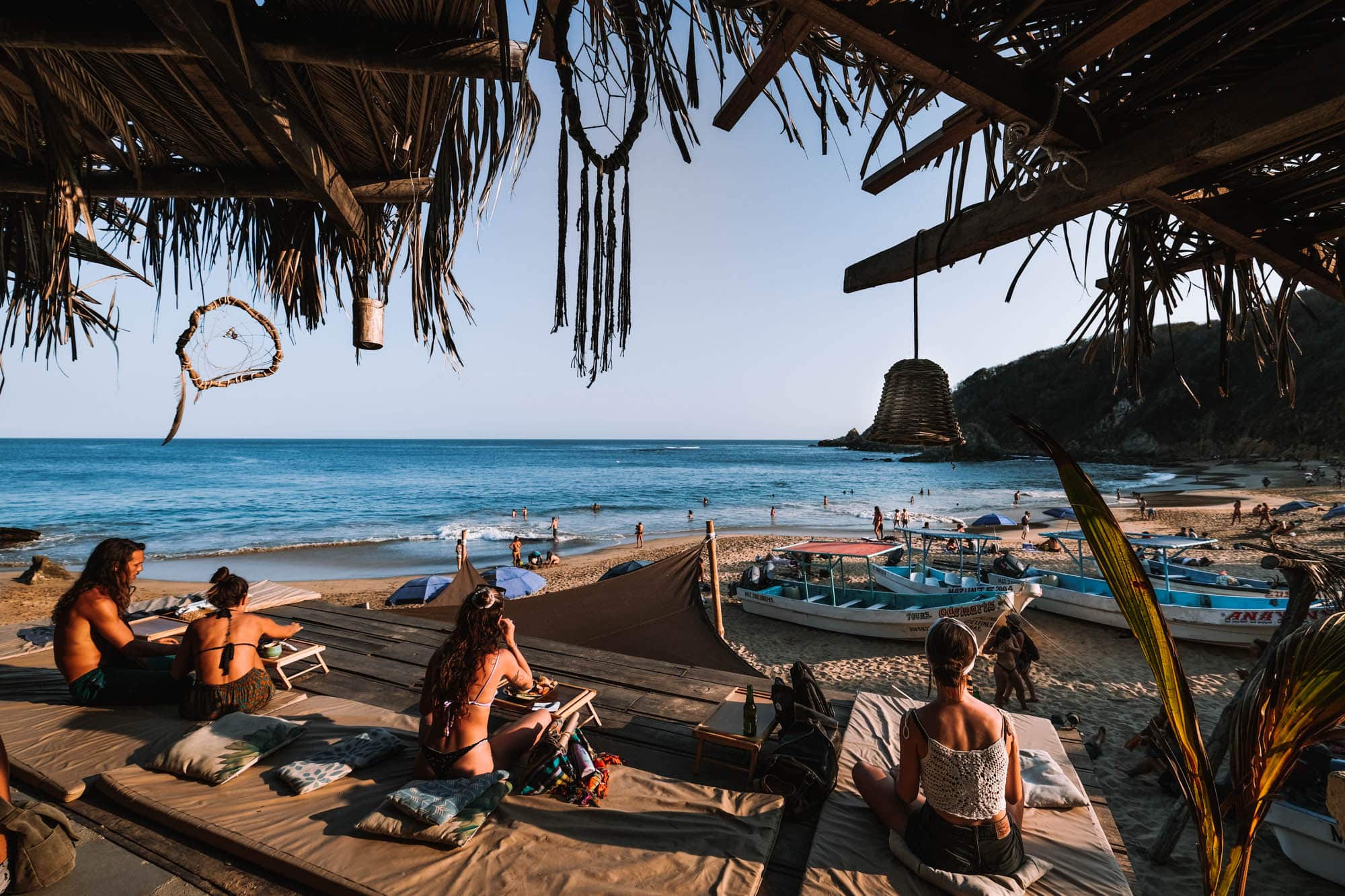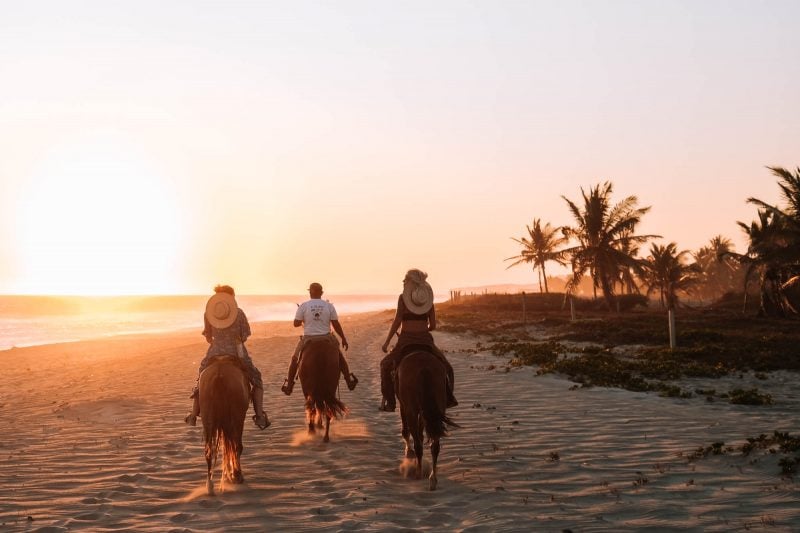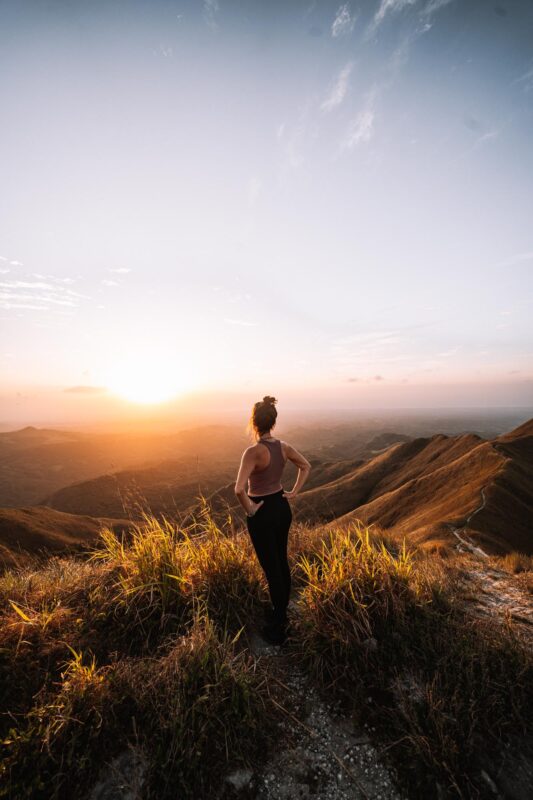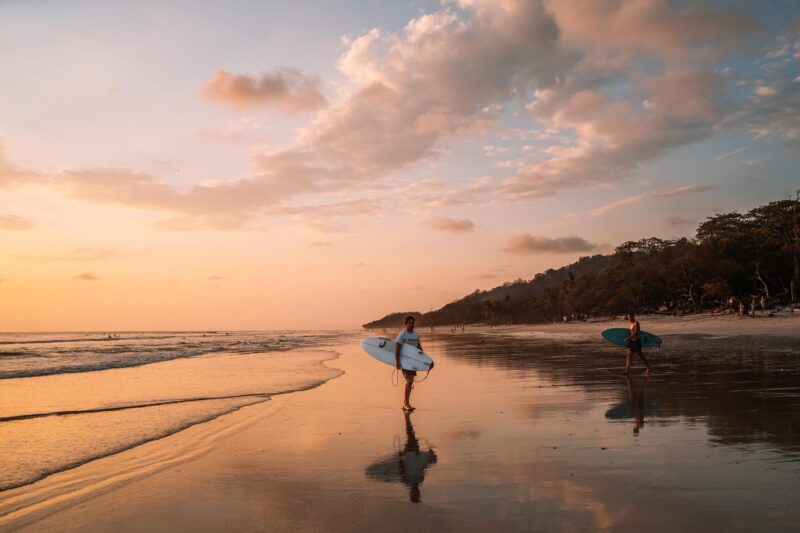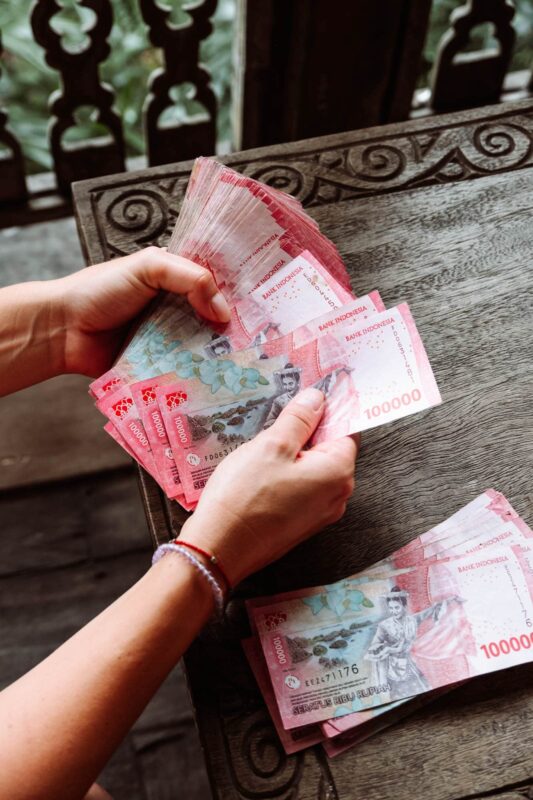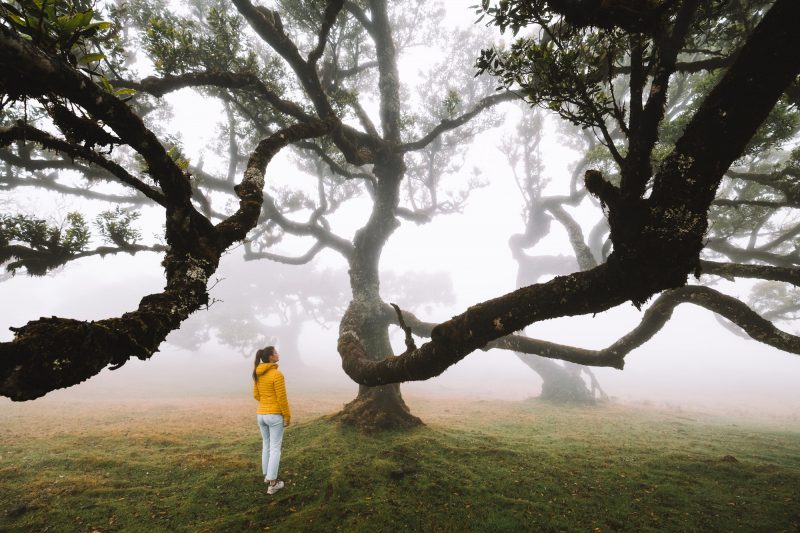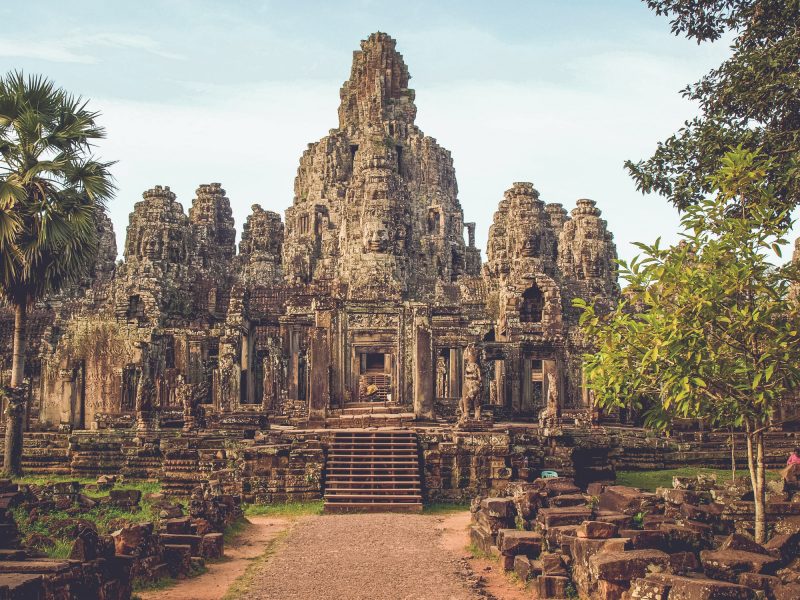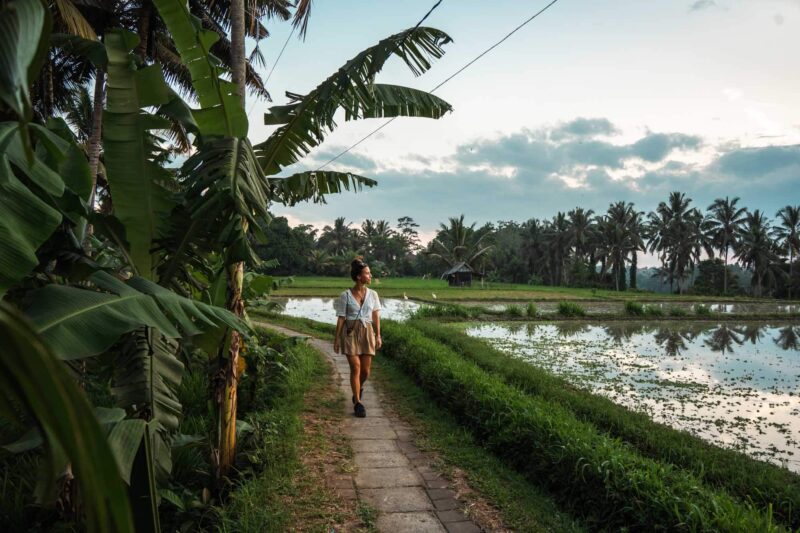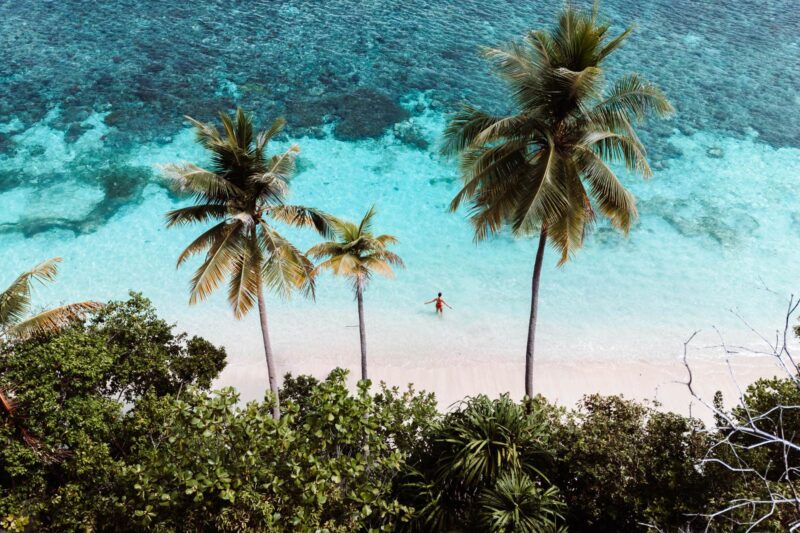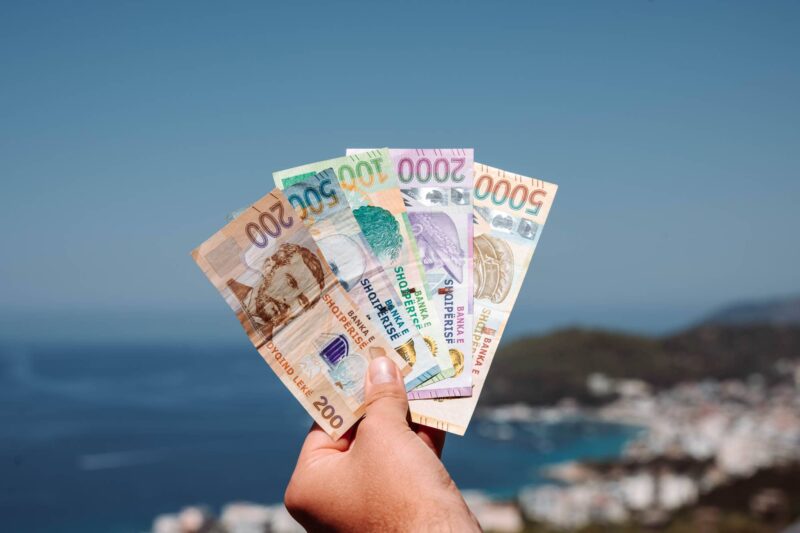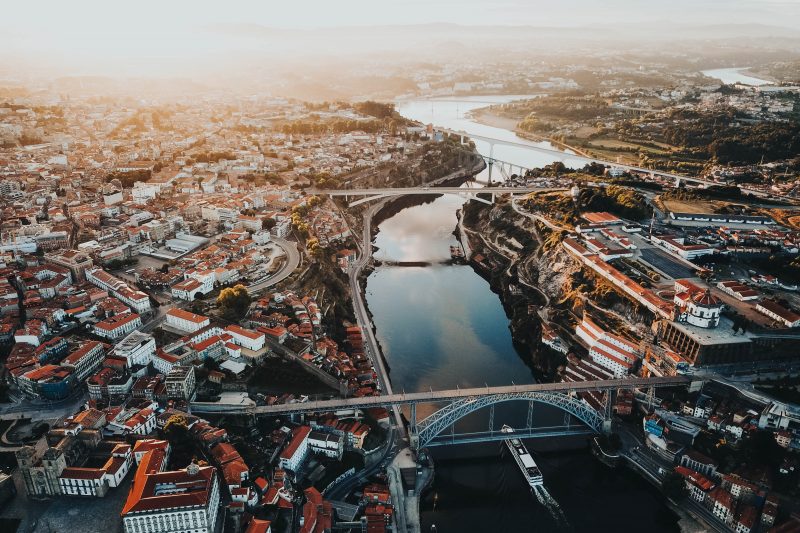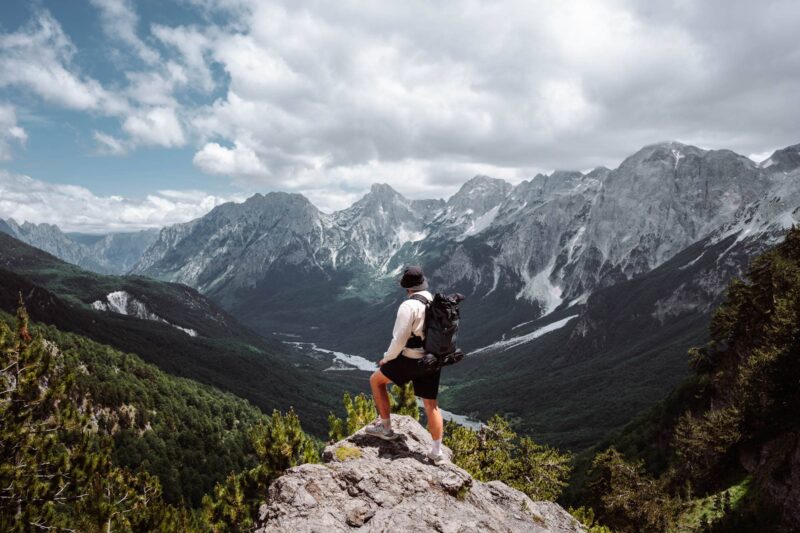Safety in Central America is somewhat questionable if you listen to the government. Backpacking and traveling in Central America, however, is fantastic and there’s little to worry about. The notion that it’s unsafe deters many travelers from visiting these beautiful countries. Each country in Central America is different, hence their safety levels vary too. Don’t be put off by horror stories; these are amazing countries to explore. We traveled through Central America for 3.5 months and flew back four more times because we loved it so much. In this article, you’ll read about our experiences regarding safety in Central America.
Our Experience with Safety in Central America
While preparing for our trip through Central America, we heard and read various stories about robberies and pickpocketing. However, we never felt unsafe during our travels in Central America. We tried to avoid the capitals as much as possible and chose not to visit Honduras and El Salvador, only passing through them due to time constraints and safety concerns. Although these countries are considered less safe, for us, the decision was straightforward. We were always cautious about our bags on buses, not because it felt unsafe but because it’s where travelers often lose their belongings. Moreover, the local people in every country were extremely friendly, and we felt more than welcome in their land.
Which Countries Are Safest and Which Are Less Safe?
Costa Rica and Panama are among the safest countries in Central America. Guatemala has a bit more crime, but the likelihood of anything happening to you is still small. Mexico often makes headlines due to drug-related crime, primarily in the north near the US border. We visited southern Mexico three times, and it was perfectly safe there. Nicaragua faced political tensions and violence in 2018, resulting in fatalities during protests. Thankfully, peace has returned, and there’s a positive travel advisory again. We felt safe in all these countries fortunately. El Salvador and Honduras are considered less safe due to the presence of violent gangs in some areas; always research thoroughly before heading to your next destination.

Tips for Safe Travel in Central America
Above all, trust yourself and your instincts. Central America isn’t much more dangerous than many European cities, and as long as you think about what you’re doing, you’re unlikely to encounter any issues. Here are three tips to make your journey even safer.
#1 Avoid Capital Cities as Much as Possible
With the exception of Panama City and Mexico City, most capital cities in Central America are not very pleasant and are the least safe places in the region. Many capital cities have significant crime rates. Avoid walking the streets at night unless you know the neighborhood is safe, and prefer using an official taxi or Uber to get around. Every city has its good and bad neighborhoods, but we recommend moving on to a nicer destination. If you do stay in the capital, choose a hotel or hostel with good reviews. The hostel staff can often give you good advice and arrange a taxi for you.
#2 Don’t Look Like a ‘Typical Tourist’
We heard about robberies a few times during our trip. We noticed that almost every robbery involved jewelry or a camera. So it’s wise not to wear expensive jewelry and avoid carrying your camera visibly around your neck. It’s best to appear as if you have nothing valuable with you. Always withdraw cash during the daytime and don’t carry all your money when you’re just going out to eat. If you must, stash half of the money somewhere else in your backpack. This may sound a bit drastic, and you’re unlikely to need to worry about anything, but it’s better to be cautious than to lose your expensive camera.

#3 Don’t Leave Anything Unattended and Use a Cable Lock
Imagine you want to spend a day at the beach and take your camera and phone to take pictures. Then you want to go into the sea, and your camera is lying there for the taking. You only need to lose sight of your bag for a few seconds for it to disappear. Unfortunately, we don’t have a foolproof tip for this, but you can try to prevent it with a cable lock. This allows you to secure your bag to a tree, for example. It takes someone three times longer to steal your bag. It’s also better to take a photo when you leave, so no one has seen that there’s a camera or phone in your bag. The best option, of course, is to leave your camera and phone in your hotel. This also applies when you’re on the bus. Always keep your daypack with you and never leave it in a rack above you. If you’re going to sleep, lock your bag with a cable lock.
Check out all our tips for Central America |
 |
